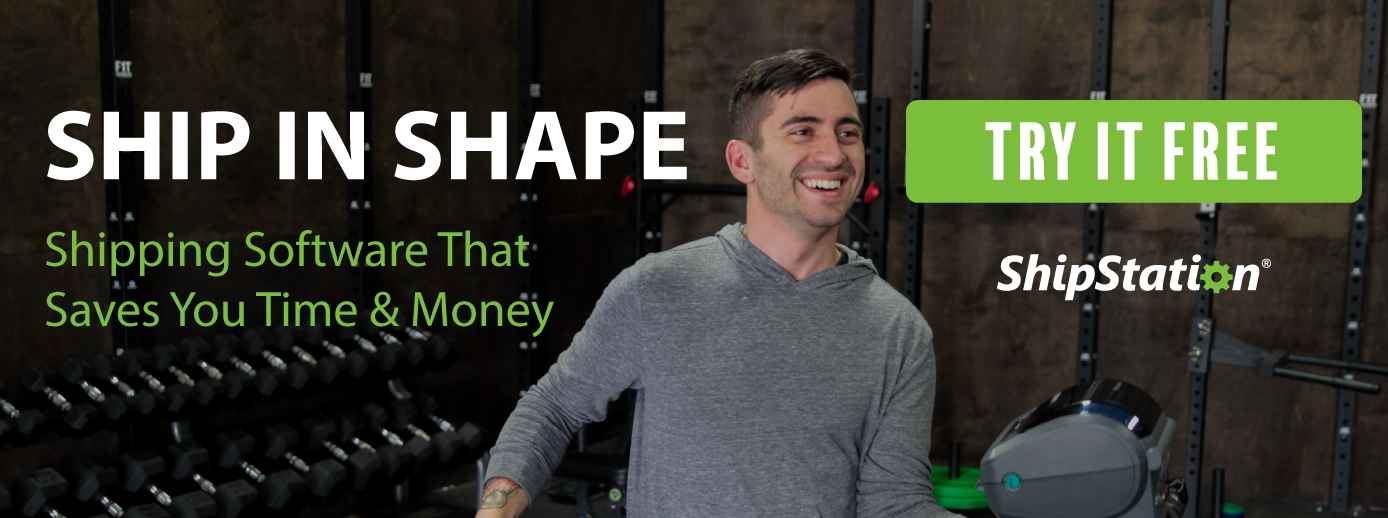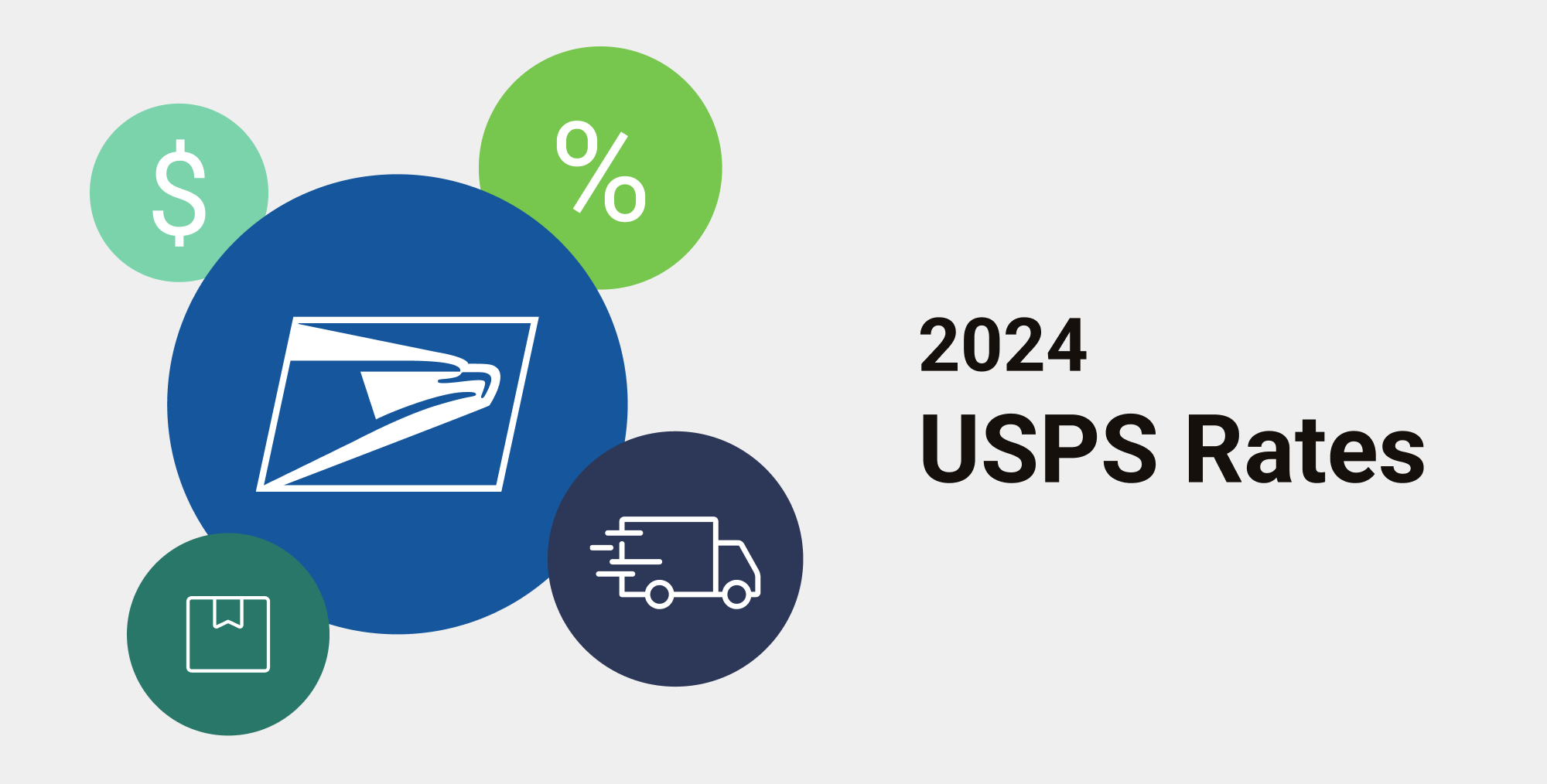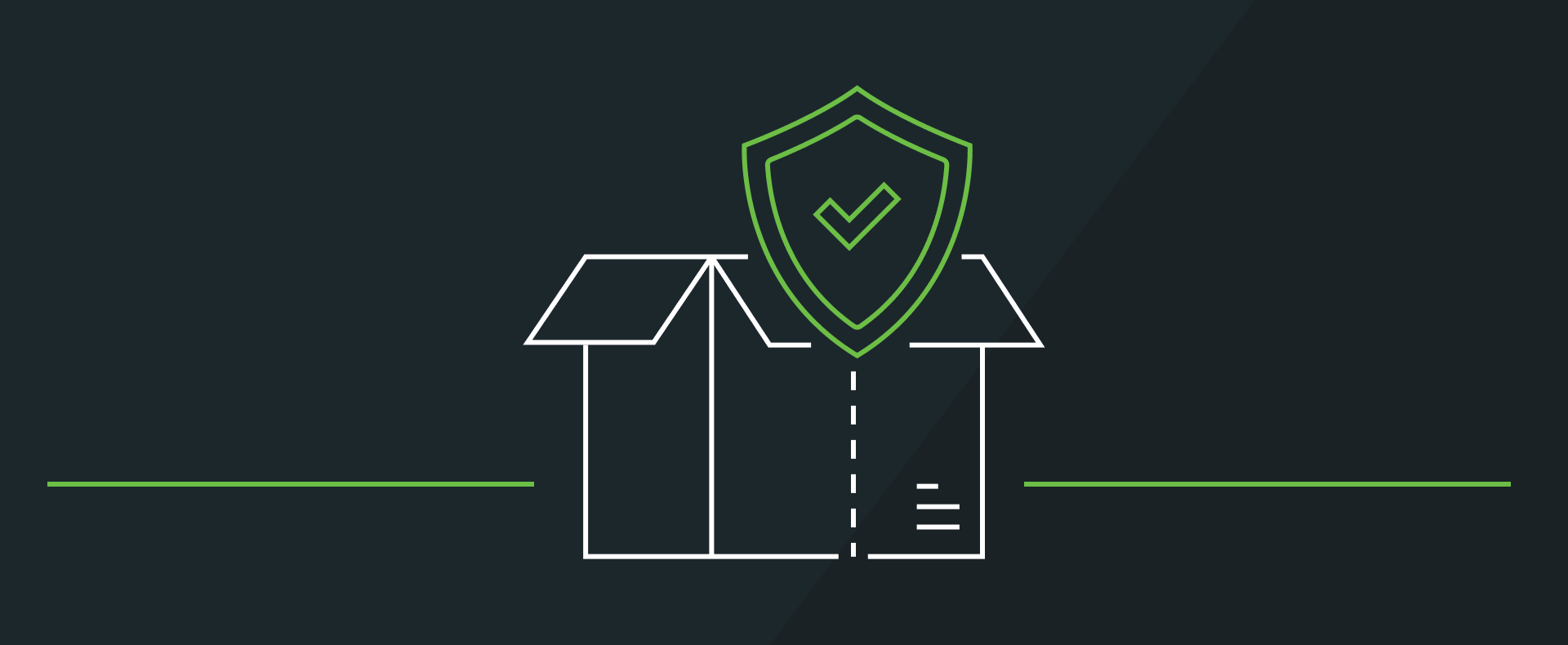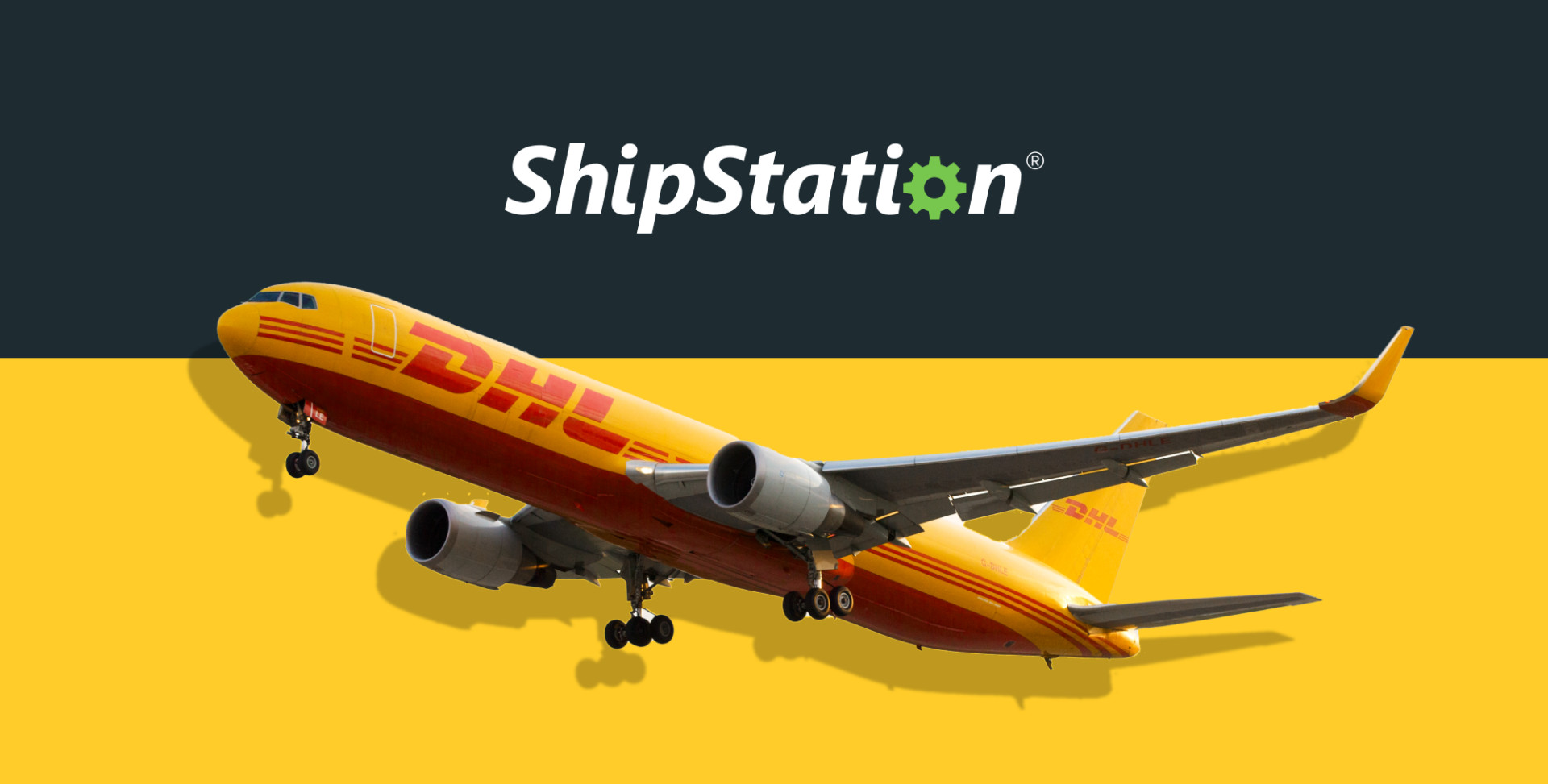Inventory Management Beyond Shipping
This post was contributed by Brightpearl. Brightpearl is an multi-channel inventory management and accounting platform and can find out more about inventory here.
Here we’ll look at 3 key areas where complementing ShipStation with an inventory management tool can quickly improve the back office processes of a business and cut down on shipping errors.
Orders vs. Shipments vs. Invoices
These three elements are very separate things in the physical world and they should be in software as well. It’s important your software distinguishes between orders, shipments and invoices as it more accurately reflects the real world, allowing more flexibility and leading to more accurate data. Some of the benefits of tracks these elements separately include:
- Split-shipments. Fulfill and ship in-stock items while others are back ordered without having to create a new order or another workaround.
- Improved support for wholesale customers. Separating invoicing from orders and shipments allows businesses to accurately track accounts receivables for wholesale accounts, and operate more flexible credit terms. Leading to better customer service, faster payment and more repeat orders.
- Automation. Separating orders and shipments allows a business to safely establish automation rules to cope with high volumes, and quickly identify orders that require attention or intervention.
- Free ShipStation to do what it does best!. ShipStation is a world class shipping management tool. Having orders that aren’t yet ready to fulfill sitting in ShipStation’s queues can lead to mistakes. Only pushing shipments to ShipStation allows a team to focus only on picking, packing and shipping orders quickly.
Inbound inventory
Failing to establish a process to track purchase orders and inbound inventory generally leads to inaccurate inventory figures. Without a purchase order management process there is no easy way for a large team to validate what was ordered, what showed up and how much went on the shelves. Which inevitably leads to over or under selling products, payment disputes, and damaged relationships with vendors. Along with more accurate inventory control, some of the benefits of adding a system to manage purchasing and inbound inventory include:
- A single source of truth. Eliminate the ambiguity and confusion of when purchase orders are due in. This allows businesses to confidently commit to customer orders for inbound inventory, and properly staff the warehouse for inventory arrivals and orders.
- A better handle on COGS. An established data set of purchase orders allows much easier tracking of an item’s Cost of Goods Sold and profitability, even when purchase prices fluctuate.
Open up fulfillment options and automate
Adding drop-shipping, a 3PL, or a new warehouse is a great way to get closer to customers, break into a new territory and reduce shipping costs. An inventory management solution with multi-warehouse and fulfillment capabilities alongside ShipStation can significantly reduce the administrative overhead of adding additional fulfillment models. An inventory and order management tool helps businesses establish the infrastructure that’s required to begin automating fulfillment across their business. Some opportunities for automation include:
- Drop-shipping. Create rules monitoring for specific SKUs and automatically generate a dropship PO.
- Customer location rules. Determine the optimal fulfillment location for a customer based on their delivery address and save on shipping costs.
- Customer Specific. Fulfill small retail orders out of a store and focus on larger wholesale orders in the warehouse.
An inventory and order management platform is a step toward multi-channel excellence. These two tools allow a business to reduce their back office overhead and focus on front office growth activities.






